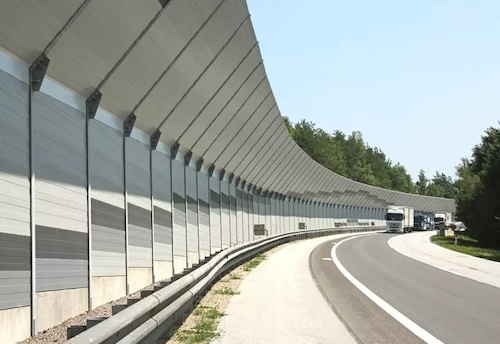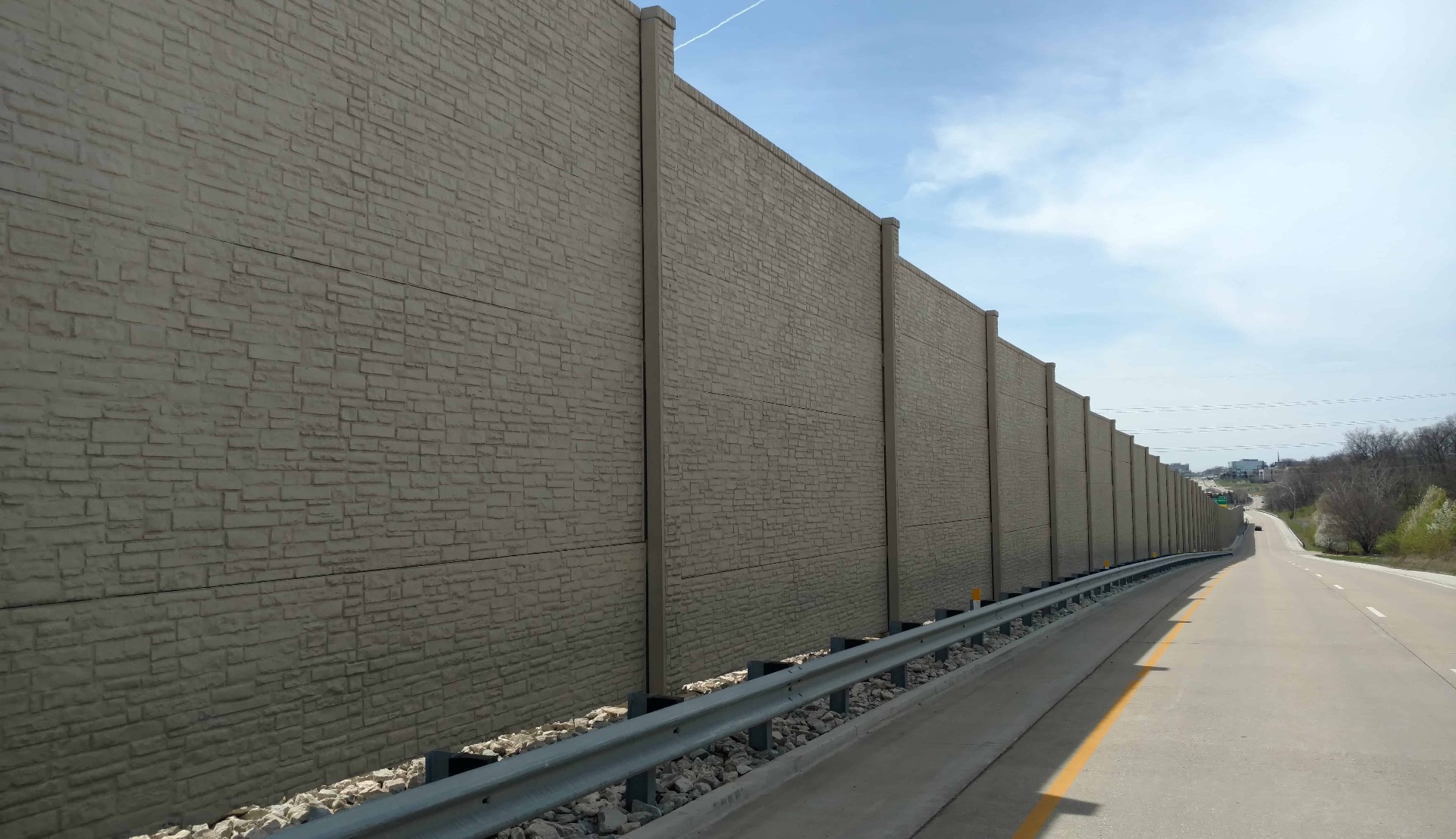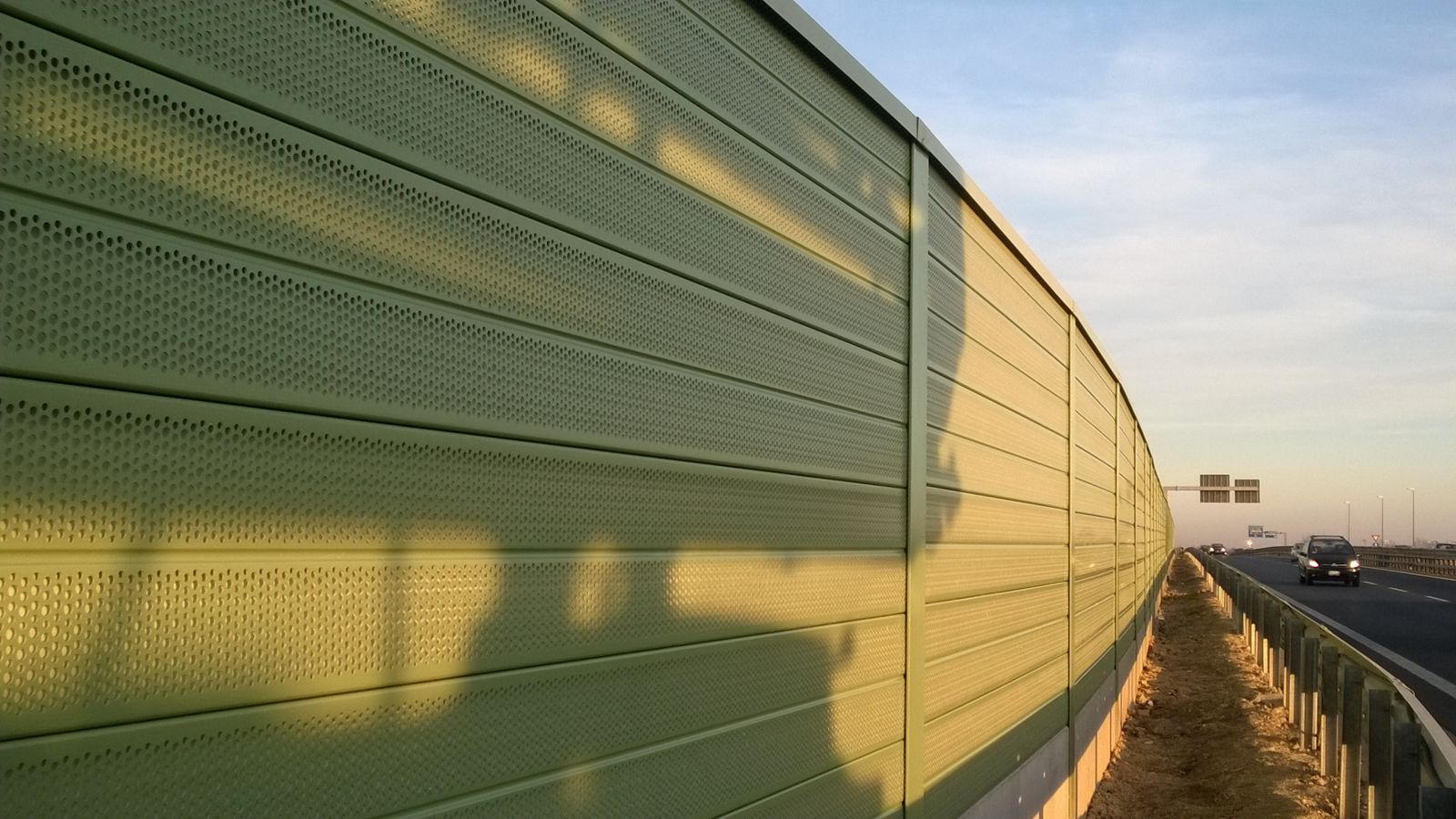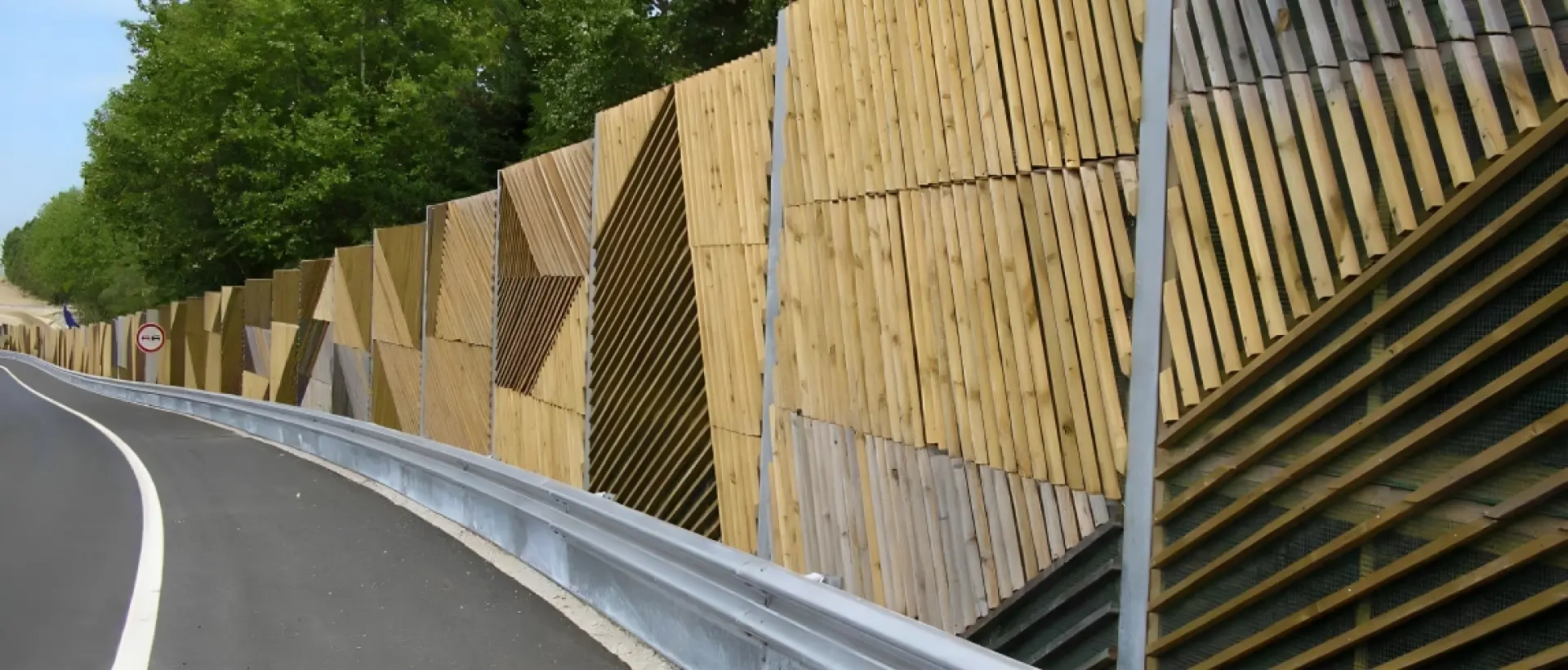Kami menggunakan cookies untuk membuat pengalaman Anda lebih baik. Untuk mematuhi petunjuk e-Pribadi yang baru, kami perlu meminta persetujuan Anda untuk menyetel cookies. Pelajari lebih lanjut .

Noise Barrier Design and Application on Highways
INTRODUCTION
Noise pollution has become a significant concern in modern urban and suburban environments, especially along busy highways where constant traffic generates high levels of sound emissions. To mitigate the impact of this noise on nearby communities, noise barriers have been developed and widely implemented. These structures serve as a critical component in managing noise pollution, ensuring that residents living near highways experience a reduced impact from traffic noise.
It is undeniable that the existence of roads can act as a significant magnet, attracting people to seek residential locations as close as possible to them. This leads to increased access and mobility. Such conditions are found not only in rural areas but also in urban environments.
In rural areas, many people decide to build houses along the roadside to sell goods to passersby, thereby boosting their family’s economy. Meanwhile, in urban areas, many seek residential locations, whether houses or apartments, that are close to roads for easy and quick access. However, proximity to roads also has negative impacts, such as high noise levels due to sound emissions from traffic.
APPLICATION OF NOISE BARRIER ON HIGHWAYS
One solution to mitigate noise emissions from traffic is to implement noise barriers along the sides of roads. Essentially, noise barriers reduce the reception of sound emissions by blocking the direct path of the noise from the source to the receiver. Although the perceived noise may not be eliminated, it is significantly reduced. Even by partially blocking the sound emission path, noise barriers can reduce the noise level at the receiver by approximately 5 dB (decibels).
This reduction of around 5 dB is roughly equivalent to decreasing the noise from the source by a factor of three (one-third of the traffic noise). By making the noise barrier taller, the sound emission path is forced to take a longer route, resulting in an additional noise reduction of at least 3 dB. The combined effect (an 8 dB reduction in noise emission) is roughly equivalent to reducing traffic by a factor of 6 (FHWA, 2003).
The implementation of noise barriers began several decades ago. By 1980, more than 30 states in the United States had constructed noise barriers along 304 km of roadways. The use of noise barriers is primarily focused on locations adjacent to roads with high traffic volume and high-speed characteristics (Smithsonian magazine). The principle of noise barriers can also be applied alongside railway tracks.
DESIGN NOISE BARRIER
Several key factors in the design of noise barriers that must be considered include structure, aesthetics, and safety. Like any structural design, noise barriers must be engineered to withstand the loads they will experience during their lifespan, including lateral wind loads applied as lateral pressure.
Another consideration is vehicular impact. While this factor is not the primary consideration in the design (although if necessary, FHWA guidelines require vehicle response to be verified through crash testing), secondary design loads can also be considered, even though they are not critical. Secondary design loads include gravitational loads, water pressure, snow, and earthquakes.
There are no specific criteria for the design in terms of aesthetics. However, the FHWA provides some considerations, including:
- Do not use designs that can reduce the acoustic performance of the noise barrier. For example, avoid creating holes or gaps in the noise barrier wall that exceed three percent of the wall's surface area.
- Use simple architectural designs.
- Employ architectural designs if a large number of people will be viewing it.
- Avoid architectural designs that spoil the view.
- Avoid long and tall wall designs without aesthetic features, as this can make drivers feel as if they are in an enclosed space.
MATERIAL NOISE BARRIER
Various types of materials can be used for the construction of noise barriers. These include steel, concrete (see Figure 1), aluminum, masonry, wood, plastic (see Figure 2), wool, composite materials, and earth-based constructions (such as earth berms) (FHWA, 2017).
Noise barriers made from sound-absorbing materials can further reduce noise emissions, though not significantly—by less than one decibel (Polcak and Peppin).
Aluminum
Aluminum is commonly used as a noise barrier on highways due to its ease of maintenance and lightweight nature, which simplifies the construction process. However, aluminum is prone to theft because it is easy to resell.
Concrete
Concrete-based noise barriers are widely used because of the ease of construction, which can be done using precast or cast-in-place methods. Additionally, this material offers low construction costs due to the minimal required thickness, low maintenance costs, and long-term durability.

Figure 1. Noise barrier made of concrete (source: Wieser)
Masonry
Masonry is often used for highway noise barriers due to its durability and aesthetic appeal. Masonry units can be placed on-site or used as prefabricated panels, which are then positioned between post or column elements.
Plastic
Plastic materials are sometimes used because they offer appealing features, such as being lightweight yet acoustically effective. The main disadvantage of plastic is its durability, as it is susceptible to damage from long-term exposure to ultraviolet radiation and ozone.

Figure 2. Noise barrier made of plastic (source: Gramm Barriers)
Steel
Steel is an attractive material due to its relatively low cost. However, its main drawback is its susceptibility to corrosion. Therefore, steel is often galvanized or coated to protect it.
Wood
Wood is generally used in areas where the supply of materials is abundant. Its main disadvantages include its relatively low mass, which requires significant thickness, and the high maintenance costs.

Figure 3. Noise barrier made of wooden (source: Gramm Barriers)
REFERENCES
- Richard E.K., Michael T.M., dan Ilene B-V. 2003. Design Guide for Highway Noise Barriers. Research Report FHWA/TX-04/0-1471-4.
- 2017. Noise Barrier Types. U.S. Federal Highway Administration. Retrieved.
- Polcak, K. dan Peppin, R.J. 2015. Reflective and Non-reflective Highway Barriers case study: Reflective and Non-Reflective Highway Barriers. TRB.
- Marissa Fessenden. 2014. Hollywood Asked for Freeway Noise Barriers First. https://www.smithsonianmag.com/smart-news/movie-studios-and-hollywood-bowl-asked-freeway-noise-barriers-first-180953510/
- Gramm Barriers. 2022. Noise barriers.
- Carmo Wood. 2020. Noise barrier made of wooden soundproofing solutions.
- Sema Srinouljan. 2020. Freepik images.
ABOUT AUTHOR
ALI ARYO BAWONO, Dr.-Ing. is an esteemed civil engineering and urban transport infrastructure specialist with a doctoral degree and more than 14 years of experience. With practical expertise in project and program management, technical and policy analysis, business models, and capacity building, Bawono possesses a well-rounded skill set. He holds a Ph.D. in Material Science from Nanyang Technological University (NTU) in Singapore, an M.Sc. in Transportation System from Technische Universität München (TUM) in Germany and bachelor’s degree in Civil Engineering from the Bandung Institute of Technology.
COMMENT & SHARE
Leave your comments and suggestions to improve the quality of this article in the comments section! You can also share this article with friends or relatives who are looking for related information through the sharing link on the article title.
Thank you for accesing Beta Infrastructure Review
